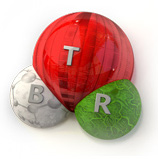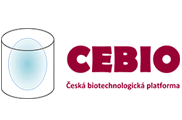Turning microalgae into light-controlled, soft bio-microrobots
Date: 10.4.2024
Developing highly controllable, deformable and environmentally adaptable soft microrobots is thus crucial for multiple task execution in narrow microenvironments, but selecting highly biocompatible materials to construct these microrobots remains problematic.
 In a new paper published in Light: Science & Applications, a team of scientists led by Professor Hongbao Xin from Guangdong Provincial Key Laboratory of Nanophotonic Manipulation, Institute of Nanophotonics, Jinan University, China, have developed a smart strategy to transform a microalga (Euglena gracilis, widely found in nature) into a soft bio-microrobot (Ebot) controlled with blue LED light.
In a new paper published in Light: Science & Applications, a team of scientists led by Professor Hongbao Xin from Guangdong Provincial Key Laboratory of Nanophotonic Manipulation, Institute of Nanophotonics, Jinan University, China, have developed a smart strategy to transform a microalga (Euglena gracilis, widely found in nature) into a soft bio-microrobot (Ebot) controlled with blue LED light.
This microalga has good biocompatibility and environmental adaptability, can move freely and can deform in natural living states, but without controllability.
The photoreceptor at the back of the eyespot is extremely sensitive to blue light. Therefore, the researchers used a blue LED light with a center wavelength of 450 nm to control the Euglena gracilis. With different light intensity and irradiation duration, they find that the flagellar beating patterns and epidermal transverse mode sliding can be controlled by activating the light-sensitive photoreceptor and calcium ion channels.
This light-controlled soft microrobot provides a new bio-microrobotic tool that can execute multiple tasks, and will open a new avenue for future microrobotics in biomedical applications within complicated and sinuous narrow microenvironments.
Image source: Xiong et al. (2024), Light: Science & Applications.























